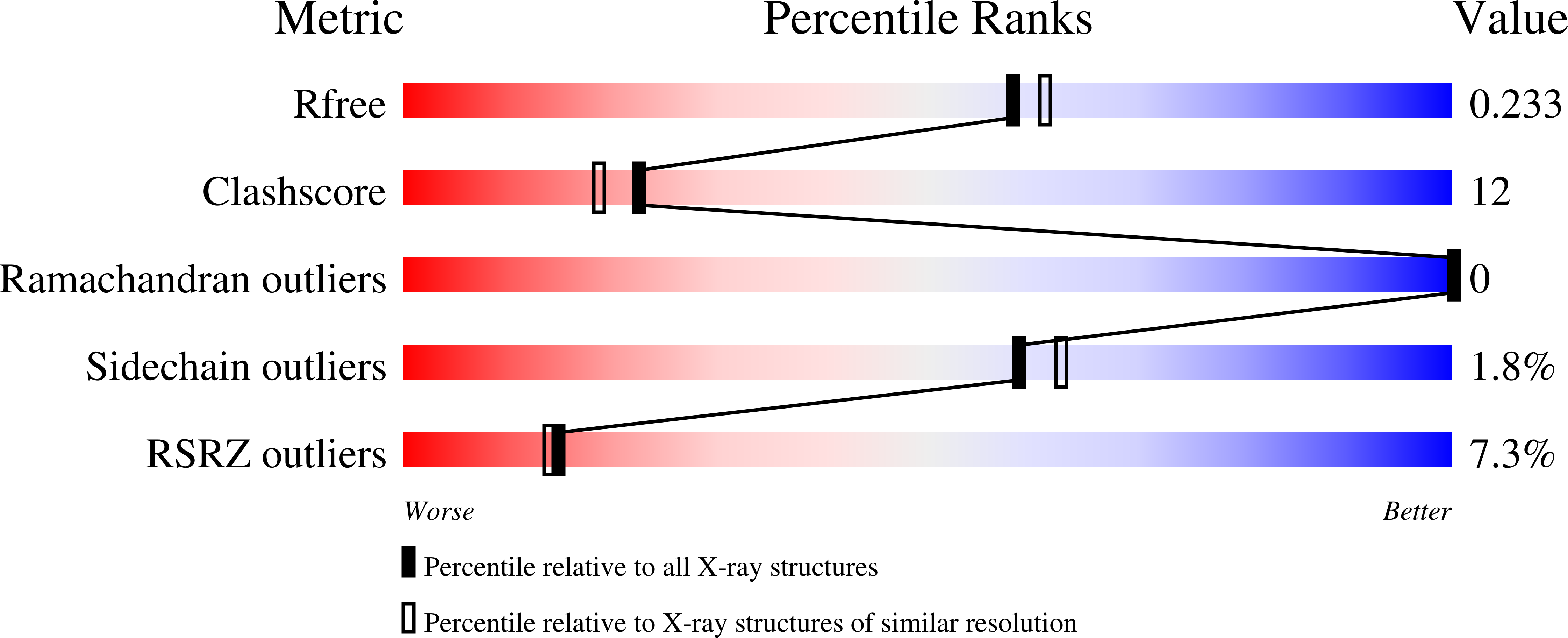A comparative structural analysis of the ADF/cofilin family.
Bowman, G.D., Nodelman, I.M., Hong, Y., Chua, N.H., Lindberg, U., Schutt, C.E.(2000) Proteins 41: 374-384
- PubMed: 11025548
- DOI: https://doi.org/10.1002/1097-0134(20001115)41:3<374::aid-prot90>3.0.co;2-f
- Primary Citation of Related Structures:
1F7S - PubMed Abstract:
Actin-depolymerizing factor (ADF) and cofilin define a family of actin-binding proteins essential for the rapid turnover of filamentous actin in vivo. Here we present the 2.0 A crystal structure of Arabidopsis thaliana ADF1 (AtADF1), the first plant crystal structure from the ADF/cofilin (AC) family. Superposition of the four AC isoform structures permits an accurate sequence alignment that differs from previously reported data for the location of vertebrate-specific inserts and reveals a contiguous, vertebrate-specific surface opposite the putative actin-binding surface. Extending the structure-based sequence alignment to include 30 additional isoforms indicates three major groups: vertebrates, plants, and "other eukaryotes." Within these groups, several structurally conserved residues that are not conserved throughout the entire AC family have been identified. Residues that are highly conserved among all isoforms tend to cluster around the tryptophan at position 90 and a structurally conserved kink in alpha-helix 3. Analysis of surface character shows the presence of a hydrophobic patch and a highly conserved acidic cluster, both of which include several residues previously implicated in actin binding.
Organizational Affiliation:
Department of Molecular Biology, Lewis Thomas Laboratories, Princeton University, Princeton, New Jersey 08544, USA.

















